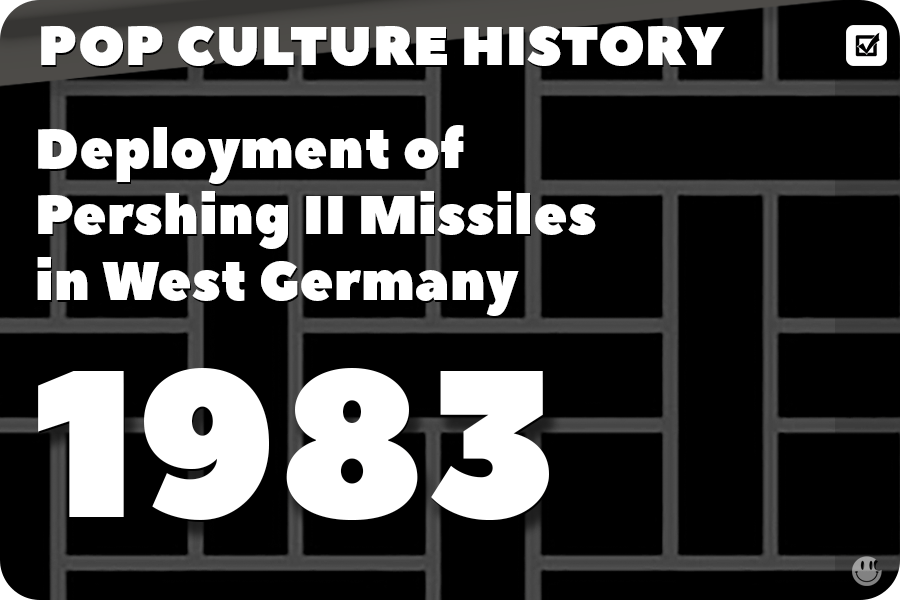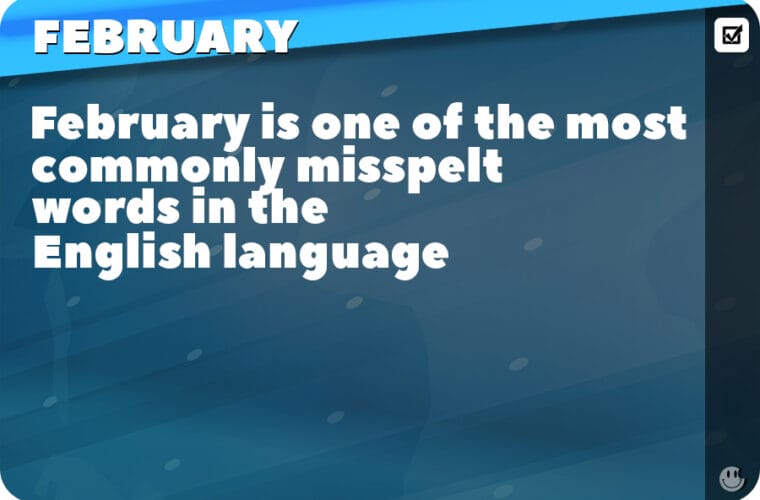 |
The Deployment of Pershing II Missiles in West Germany: Cold War Tensions |
The 1983 deployment of Pershing II missiles in West Germany was a critical event during the Cold War, as it increased tensions between the United States and the Soviet Union, and sparked widespread protests in Europe due to concerns about escalating the arms race and the potential for nuclear conflict. The first Pershing II missiles were deployed in West Germany beginning in late November 1983 and completed in late 1985 with 108 launchers. Initial Operational Status (IOS) was achieved on December 15, 1983, when A Battery, 1st Battalion, 41st Field Artillery Regiment rotated onto operational status with the Pershing II at its site in Mutlangen. In the late 1970s, NATO became increasingly concerned about the Soviet Union’s deployment of SS-20 intermediate-range ballistic missiles (IRBMs) in Eastern Europe, which were capable of striking targets throughout Western Europe with little warning. In response, NATO adopted the “dual-track” decision in 1979, which called for the deployment of new U.S. intermediate-range nuclear forces (INF) in Europe, specifically the Pershing II IRBMs and ground-launched cruise missiles (GLCMs), while also pursuing arms control negotiations with the Soviet Union. The Pershing II was a mobile, solid-fueled missile with a range of approximately 1,800 kilometers (1,100 miles), capable of carrying a nuclear warhead. Its increased accuracy and short flight time made it a formidable weapon, as it could potentially destroy heavily fortified targets, such as Soviet missile silos and command centers. Despite ongoing arms control negotiations and widespread public opposition to the deployment, the first Pershing II missiles arrived in West Germany in November 1983. The deployment was met with massive protests throughout Europe, with hundreds of thousands of people taking to the streets to voice their concerns about the increased risk of nuclear war. The deployment of the Pershing II missiles in West Germany also had significant implications for U.S.-Soviet relations, contributing to a further deterioration of the already tense relationship between the two superpowers. The Soviet Union responded to the deployment by breaking off INF negotiations and deploying additional SS-20 missiles in Eastern Europe. The Pershing II missiles remained in West Germany until the signing of the Intermediate-Range Nuclear Forces (INF) Treaty in 1987, which resulted in the elimination of all U.S. and Soviet IRBMs, including the Pershing II and SS-20 missiles. The treaty marked a significant milestone in arms control and helped to reduce tensions between the United States and the Soviet Union during the final years of the Cold War. |









